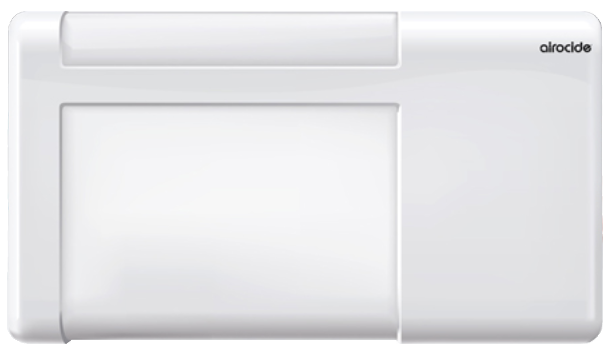AIROCIDE®: A REVOLUTIONARY TECHNOLOGY TO DESTROY VOCs
Airocide® is a special innovative photocatalytic technology that instantly converts any kind of organic molecules (solid or gaseous)
into harmless vapour. This organic conversion technology, in addition to effectively degrading ethylene gas, is capable of removing
many unwelcome Volatile Organic Compounds (VOCs) and eliminating viruses, bacteria, fungi, moulds and even anthrax as
clinically demonstrated in numerous NASA applications.
In the wine industry, wine producers have entrusted Airocide® with the control of the development of moulds during the wine ageing process
in the wooden barrels in their cellars, thus making the air transiting through the plant sterile.
This has become the most widely used practice in the wine industry with numerous applications such as preventing the onset
of TCA even in a high rH environment, and significantly reducing the classic phenomenon of evaporation whith results in production losses.
APPLICATIONS
- barrel cellars and rooms for distilling with wooden barrels
- storage cartons, labels and wine products
- rooms used for the multiplication of yeasts and leaven or starter
- bottling and tasting rooms
ADVANTAGES
- Airocide® reduces about 99.999% of pathogens with the first passage of air, thus releasing fresh and "purified" air into the environment
- limits the development of moulds, bacteria and yeasts in the environment
- allows to maintain high levels of humidity in wine barrels thus reducing losses by evaporation
- healthier and a more neutral environment at the olfactory level
- removes unpleasant odours
- reduces the risk of cross-contamination in the air (brettanomyces, lactic bacteria)
- removes TCA and prevents its onset
- low power consumption
- self-cleaning.
HOW IT WORKS

Inside this cover is a reaction chamber that is densely packed with tiny glass tubules, each nano-encrusted with a highly refined, supercharged web of titanium
dioxide. Untreated air is drawn into the unit via a high-precision fan, then routed into and through micro-tunnels that have been charged with 254 nanometer light.
Surface-bound (HO-) radicals bubble up from the tubule surfaces waiting for anything organic to touch them.
